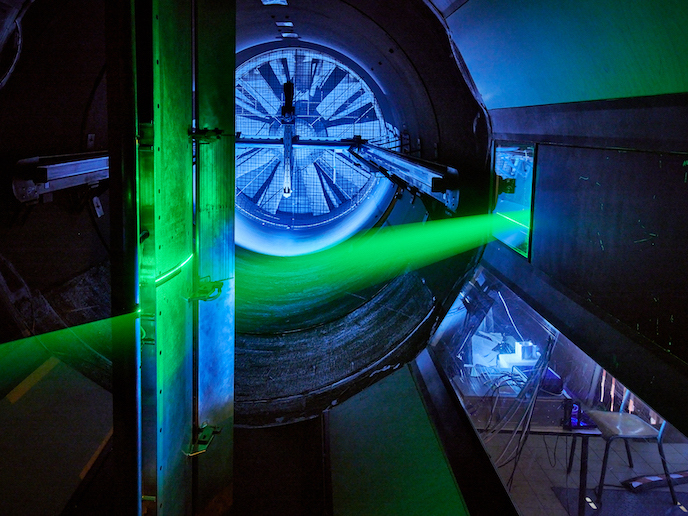
The global aviation industry is responsible for nearly 2.5 % of all human-caused CO2 emissions and 12 % of all CO2 emissions coming from all modes of transportation. As such, the sector is under increasing pressure to reduce its carbon footprint. Other than using alternative fuels such as sustainable aviation fuel (SAF), increasing aircraft efficiency is seen as one of the most promising approaches to decreasing emissions.
In fact, according to the International Civil Aviation Organization (ICAO), improvements in aerodynamic, propulsion and lightweight material technologies have a direct link to reducing aircraft emissions. One of those technologies is laminar wing technology – a wing design that decreases friction and drag by enabling a smooth flow of air over the aircraft’s wings.
“Laminar flow technology is seen as the biggest source of aerodynamic drag reduction, promising a significant reduction in fuel burn and CO2 emissions,” says Jochen Wild, a senior researcher from the Institute of Aerodynamics and Flow Technology at the German Aerospace Center (DLR).
With the support of the EU-funded UHURA project, DLR led an industry effort to advance Krueger flaps.
“These lift enhancement devices, which can be fitted to the leading edge of an aircraft wing, have the potential to be a key enabler of laminar wing technology,” explains Wild.
Extremely useful data set
To start, researchers looked at qualifying the simulation methods for predicting the unsteady flow of deflecting high-lift systems.
“This phase was particularly critical as Krueger flaps tend to partially shield the wing against airflow, meaning a significant transient lift loss cannot be excluded,” says Wild. As there was no data available, to prove the validity of their simulations, researchers needed to create a database from wind tunnel tests and then compare these to their simulation results. The result of this effort is a globally unique source of unsteady data in the low-speed flow regime.
Using this information, researchers turned their attention to discovering and assessing critical unsteady flow features. One important discovery was that the wing sweep and three-dimensionality of the flow do not amplify lift drop. “This discovery highlights how the experimental and simulation data provides a very complete view of the impact Krueger flap motion has on an aircraft and the actions that need to be taken to ensure aircraft safety,” adds Wild.
Paving the way to a laminar wing
Having proven the feasibility of current Krueger flap design as a means of enabling laminar wing technology, researchers compiled guidelines for implementing the technology into aircraft design, including recommendations for system architectures.
“The UHURA project successfully manufactured Krueger technology and helped remove some obstacles in its implementation. In doing so, I am confident that we helped pave the way to seeing a laminar wing flying on future transport aircraft.”
This "Results in Brief" article is reproduced courtesy of © CORDIS
MORE INFORMATION
This article was originally published in © CORDIS - EU Research Results
- Reference
- SOCIETAL CHALLENGES - Smart, Green And Integrated Transport
- Project duration
- 1 Sep 2018 - 31 Aug 2022
- Project locations
- GermanyCzechiaFranceSpainNetherlandsBelgiumSweden
- Overall budget
- €6 119 230
- EU contribution
- €6 119 230100% of the overall budget
- Project website
- https://uhura-project.eu/
